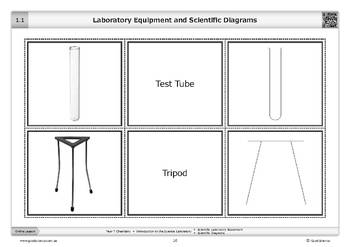

A Level and AS level - UK KS 5 (Age 16 - 18).GCSE and 'O' Level - UK KS4 (Age 14 - 16).That means less time stressing about move-out day and more time to prepare and de-stress from finals. Want the time to make these flashcards during finals season? Collegeboxes can help! By signing up for our Storage & Shipping program, all you need to do is pack, and let us do the rest. Keep these tips in mind when getting ready to study for those big tests. This is your study guide, so make it however makes sense to you and will help you learn your criteria. Repetition helps with memorization, so it makes sense for the cards to match the notes. Don’t be Afraid to Customizeĭraw those diagrams! Use colors and label your drawings! Whatever you normally do to take notes, use those same strategies on your flashcards. For example, if you’re in chemistry and need to memorize the periodic table, use one card, say, per element group or period. Instead of trying to put it all on one small notecard, split it up where you can. Split Bigger Topics into Multiple Cardsįor classes such as science and math, certain topics can be quite heavy. By keeping the same color for everything in that class the same, you are more likely to remember the material on a test (bonus points if you can also write in that color on the homework/test). Try keeping each class or subject in their own color, whether it is the color of the flashcards themselves, the color you write in, or the highlighter you use. Add Some ColorĬolor coding your class work and notes is actually known to help students better study and memorize material. Try to create rhymes or acronyms for easier memorization. Write in your own shortened definitions/explanations if the ones given to you are too lengthy. It also allows you to write bigger and elaborate a little more on each notecard.Īlso, try to keep each card short. Try to keep it to one topic/term per card, as it will make it easier to separate the information. Many of these flashcard strategies can be great for studying with friends! Keep It Short and Sweetįlashcards are meant to be used as a brief way to focus. You can share your sets with other students as well. Quizlet allows students to create their own study sets and learn with mini quizzes, matching games, and more. If physical cards aren’t for you, then there are websites that you can create flashcards on and use their curriculum to help with the learning process. Try to also put an example sentence if it is a harder word to memorize. Do this by putting the word on one side and a definition for it that is easy for you to remember. Phrase and definition are great for vocabulary words. Q&A cards work best when the professor has given you a study guide, so you can get used to seeing how the question might be phrased and pair it with the answer. You can set the cards up as Q&A’s, phrase and definition, as well as diagrams for the explanation. When it comes to making flashcards, there are tons of ways to do it.
FLASHCARDS FOR DIAGRAMS HOW TO
There are multiple ways to set up flashcards, but here are a few ideas on how to help you make effective and efficient flashcards.

Flashcards seem to be one of the main ways students study, but it can be hard to use them if you don’t know how to set them up. Each student likes to study in their own way. In college, you’ll find that studying is a huge help when it comes to tests and assignments.


 0 kommentar(er)
0 kommentar(er)
